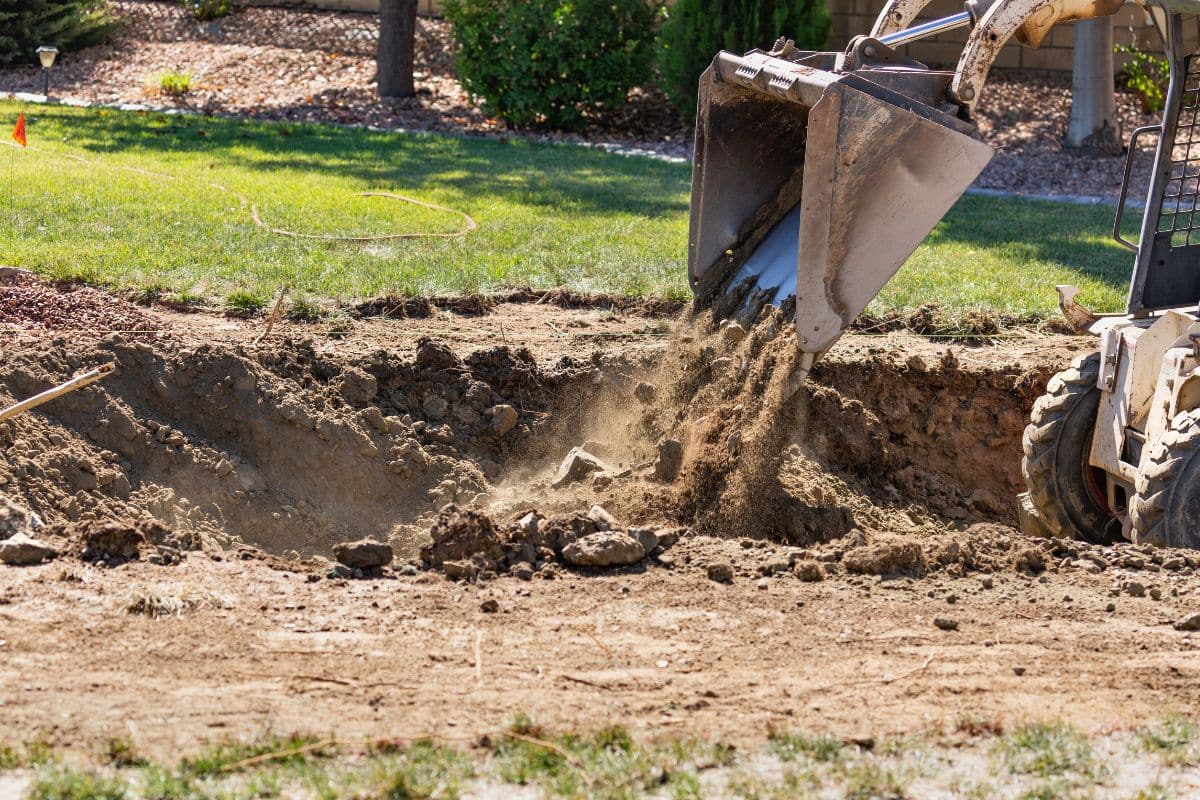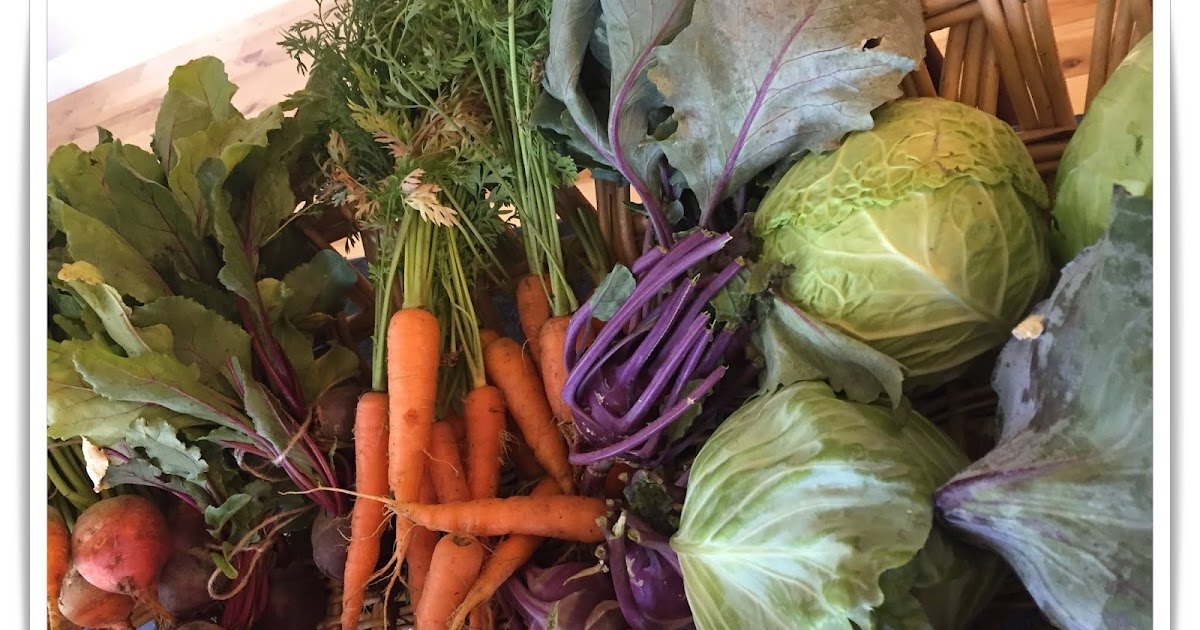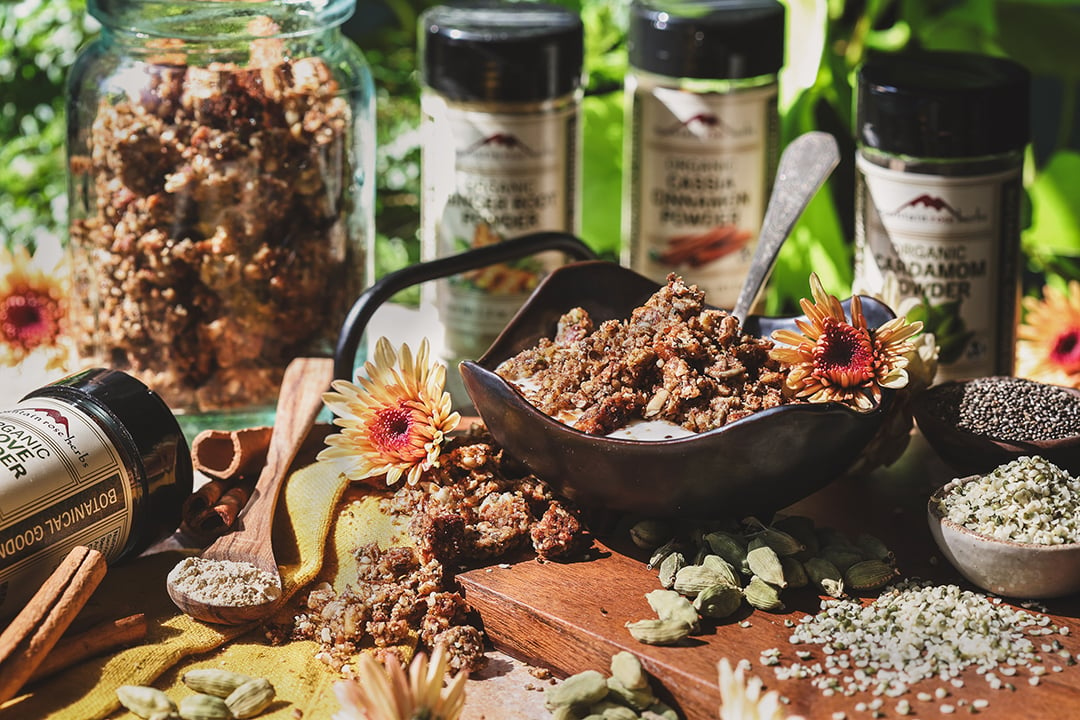Preserving the natural beauty of flowers through drying transforms ephemeral blooms into lasting decorative elements. This ancient practice allows gardeners and flower enthusiasts to extend the life of their favorite specimens while creating stunning arrangements that maintain their charm for months or even years.
The art of flower drying encompasses various techniques, each suited to different flower types and desired outcomes. Whether you’re working with delicate petals from blooming houseplants or robust garden varieties, understanding the proper methods ensures optimal results. The key lies in selecting the right approach based on your flower’s characteristics and your intended use.
Understanding the best methods for drying flowers
Air drying remains the most popular and accessible technique for flower preservation. This method works exceptionally well for flowers with sturdy stems and low moisture content. Remove excess foliage from the stems, leaving only a few leaves near the flower head. Bundle small groups of flowers together using rubber bands, which will tighten as the stems shrink during the drying process.
Hang these bundles upside down in a dark, well-ventilated area with low humidity. Attics, closets, or spare rooms often provide ideal conditions. The darkness prevents color fading while proper ventilation ensures moisture evaporation. Most flowers complete their drying process within two to three weeks, though timing varies based on flower type and environmental conditions.
Silica gel drying offers faster results and better color retention for delicate blooms. This method proves particularly effective for flowers with high water content or those prone to wilting. Place a layer of silica gel crystals in an airtight container, position your flowers face-up without touching each other, then carefully cover them with more crystals. The process typically takes three to seven days.
For those seeking professional-quality results, glycerin preservation creates flexible, realistic-looking dried flowers. Mix one part glycerin with two parts hot water, then place freshly cut stems in the solution. The glycerin gradually replaces the flower’s natural moisture, maintaining texture and flexibility. This process takes one to six days depending on the flower size and density.
Selecting the right flowers and optimal timing
Success in flower drying begins with proper selection and timing. Harvest flowers during dry weather conditions, preferably in late morning after dew has evaporated but before the heat of midday. Choose blooms that are just beginning to open rather than fully mature flowers, as they retain better structure throughout the drying process.
Different flower varieties respond uniquely to drying techniques. Here are some excellent choices for beginners :
- Lavender – Perfect for air drying with exceptional fragrance retention
- Baby’s breath – Maintains delicate appearance and works well in arrangements
- Roses – Classic choice that preserves beautifully using multiple methods
- Statice – Naturally papery texture makes drying virtually foolproof
- Globe amaranth – Retains vibrant colors exceptionally well
Flowers from mystique orchids require special attention due to their delicate petals and high moisture content. These exotic blooms benefit from silica gel drying or pressing techniques rather than traditional air drying methods.
Avoid flowers with high water content like impatiens, begonias, or lettuce-leaf varieties, as they tend to become mushy rather than properly dried. Similarly, flowers that have already started dropping petals or showing signs of decay will not improve through the drying process.
Mastering preservation techniques for lasting beauty
Pressing flowers creates flat, bookmark-style specimens perfect for crafts and framing. This traditional method works wonderfully for flowers with naturally flat faces like pansies, violas, or small roses. Place flowers between absorbent paper within heavy books or specialized flower presses. Change the paper after the first week to prevent mold development.
The pressing process typically requires three to six weeks for complete moisture removal. Properly pressed flowers maintain their colors remarkably well and can last for decades when stored correctly. This technique particularly suits those interested in botanical art or scrapbooking applications.
Freeze drying represents the most advanced preservation method, though it requires specialized equipment. This technique removes moisture through sublimation, maintaining the flower’s original shape and color with extraordinary fidelity. While expensive, freeze-dried flowers can last indefinitely when properly stored.
For flowers like those from moth orchids, which have particularly delicate structures, freeze drying often produces the best results. The process preserves even the most intricate petal details and subtle color variations.
Microwave drying offers a quick alternative for small quantities. Combine flowers with silica gel in a microwave-safe container, then heat in short intervals. This method requires careful monitoring to prevent overheating but can complete the drying process in just a few hours.
Storage and display strategies for dried flowers
Proper storage extends the life of your dried flowers significantly. Store completed specimens in cool, dry locations away from direct sunlight and humidity. Sealed containers with silica gel packets help maintain optimal conditions, while cedar sachets deter insects that might damage your preserved blooms.
When creating arrangements, handle dried flowers gently as they become more fragile than fresh specimens. Use floral foam designed for dried arrangements, which holds stems securely without requiring moisture. Consider incorporating complementary elements like dried grasses, seed pods, or branches to create textural interest.
Display considerations play a crucial role in maintaining your dried flower arrangements. Position them away from heating vents, direct sunlight, and high-traffic areas where they might be bumped or disturbed. Regular gentle dusting with a soft brush helps maintain their appearance.
For those who enjoy the fragrant qualities of flowers like night blooming jasmine, note that most scents fade during the drying process. However, you can refresh dried arrangements by adding essential oils that complement the original flower fragrances.
Creating seasonal rotations of your dried flower displays keeps your home décor fresh and interesting. Store off-season arrangements in protective containers, allowing you to enjoy different color palettes and textures throughout the year while preserving your investment in time and materials.










